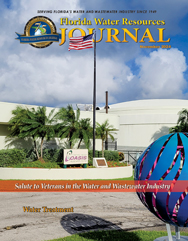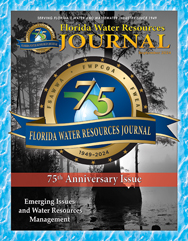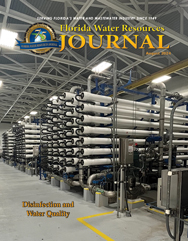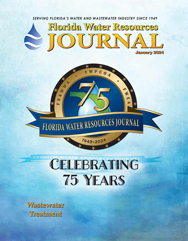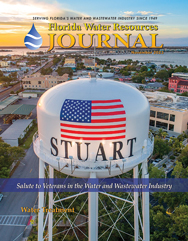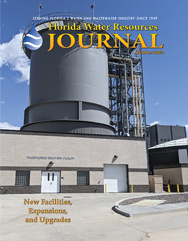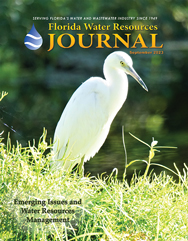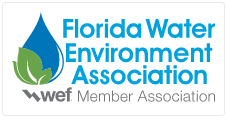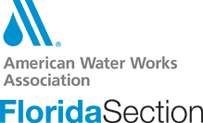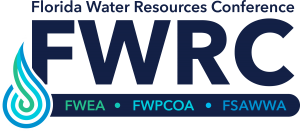Lifetime Drinking Water Health Advisories for Four PFAS
The U.S. Environmental Protection Agency (EPA) is releasing PFAS health advisories in light of newly available science and in accordance with EPA’s responsibility to protect public health. These advisories indicate the level of drinking water contamination below which adverse health effects are not expected to occur. Health advisories provide technical information that federal, state, and local officials can use to inform the development of monitoring plans, investments in treatment solutions, and future policies to protect the public from PFAS exposure.
Lifetime health advisories from EPA identify levels to protect all people, including people in sensitive populations and life stages, from adverse health effects resulting from a lifetime of exposure to these PFAS in drinking water. The health advisories also take into account other potential sources of exposure to these PFAS beyond drinking water (for example, food, air, consumer products, etc.), which provides an additional layer of protection.
The agency is issuing interim, updated drinking water health advisories for perfluorooctanoic acid (PFOA) and perfluorooctane sulfonic acid (PFOS) that replace those that EPA issued in 2016. The updated advisory levels, which are based on new science and consider lifetime exposure, indicate that some negative health effects may occur with concentrations of PFOA or PFOS in water that are near zero and below EPA’s ability to detect at this time; the lower the level of PFOA and PFOS, the lower the risk to public health. It is recommended that states, tribes, territories, and drinking water utilities that detect PFOA and PFOS take steps to reduce exposure. Most uses of PFOA and PFOS were voluntarily phased out by U.S. manufacturers, although there are a limited number of ongoing uses, and these chemicals remain in the environment due to their lack of degradation.
For the first time, EPA is issuing final health advisories for PFOS and its potassium salt (PFBS) and for hexafluoropropylene oxide (HFPO) dimer acid and its ammonium salt (“GenX” chemicals). In chemical and product manufacturing, GenX chemicals are considered a replacement for PFOA, and PFBS is considered a replacement for PFOS. The GenX chemicals and PFBS health advisory levels are well above the level of detection, based on risk analyses in recent scientific studies.
The agency’s new health advisories provide technical information that federal, state, and local agencies can use to inform actions to address PFAS in drinking water, including water quality monitoring, optimization of existing technologies that reduce PFAS, and strategies to reduce exposure to these substances. It encourages states, tribes, territories, drinking water utilities, and community leaders that find PFAS in their drinking water to take steps to inform resident;, undertake additional monitoring to assess the level, scope, and source of contamination; and examine steps to reduce exposure. Individuals concerned about levels of PFAS found in their drinking water should consider actions that may reduce exposure, including installing a home or point-of-use filter.
A proposed PFAS National Drinking Water Regulation will be available in fall 2022. As EPA develops this proposed rule, the agency is also evaluating additional PFAS beyond PFOA and PFOS and considering actions to address groups of PFAS. The interim health advisories will provide guidance to states, tribes, and water systems for the period prior to the regulation going into effect.
The EPA’s work to identify and confront the risks that PFAS pose to human health and the environment is a key component in confronting these emerging contaminants. This strategy includes steps by the Food and Drug Administration to increase testing for PFAS in food and packaging, by the U.S. Department of Agriculture to help dairy farmers address contamination of livestock, and by the Department of Defense to clean-up contaminated military installations and the elimination of unnecessary PFAS uses.
$1 Billion in Bipartisan Infrastructure Law Funding
The U.S. Environmental Protection Agency (EPA) has released four drinking water health advisories for per- and polyfluoroalkyl substances (PFAS).
The EPA also announced that it is inviting states and territories to apply for $1 billion—the first of $5 billion in Bipartisan Infrastructure Law grant funding—to address PFAS and other emerging contaminants in drinking water, specifically in small or disadvantaged communities. These actions build on EPA’s progress to safeguard communities from PFAS pollution and scientifically inform upcoming efforts, including EPA’s forthcoming proposed National Primary Drinking Water Regulation for PFOA and perfluorooctane sulfonate (PFOS), which EPA will release in the fall of 2022.
“People on the front lines of PFAS contamination have suffered for far too long. That’s why EPA is taking aggressive action as part of a whole-of-government approach to prevent these chemicals from entering the environment and to help protect concerned families from this pervasive challenge,” said EPA Administrator Michael S. Regan. “We are also investing $1 billion to reduce PFAS and other emerging contaminants in drinking water.”
“Today’s actions highlight EPA’s commitment to use the best available science to tackle PFAS pollution, protect public health, and provide critical information quickly and transparently,” said EPA Assistant Administrator for Water Radhika Fox. “The EPA is also demonstrating its commitment to harmonize policies that strengthen public health protections with infrastructure funding to help communities—especially disadvantaged communities—deliver safe water.”
These funds can be used in small or disadvantaged communities to address emerging contaminants, like PFAS, in drinking water through actions such as technical assistance, water quality testing, contractor training, and installation of centralized treatment technologies and systems.
The EPA will be reaching out to states and territories with information on how to submit their letter of intent (due by Aug. 15, 2022) to participate in this new grant program and will also consult with tribes and Alaskan native villages regarding the tribal set-aside for this grant program. This funding complements $3.4 billion in funding that is going through the Drinking Water State Revolving Funds (SRFs) and $3.2 billion through the Clean Water SRFs that can also be used to address PFAS in water this year.

